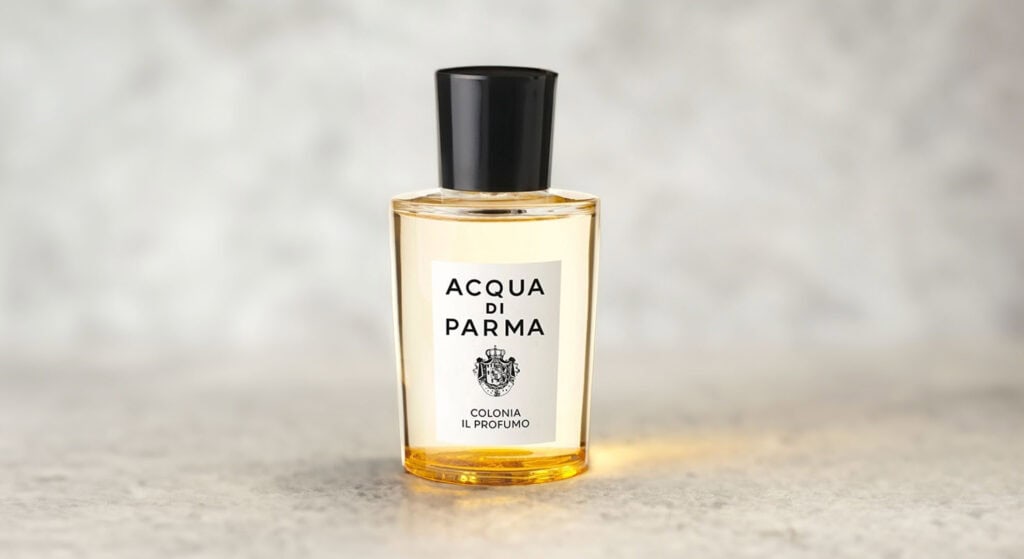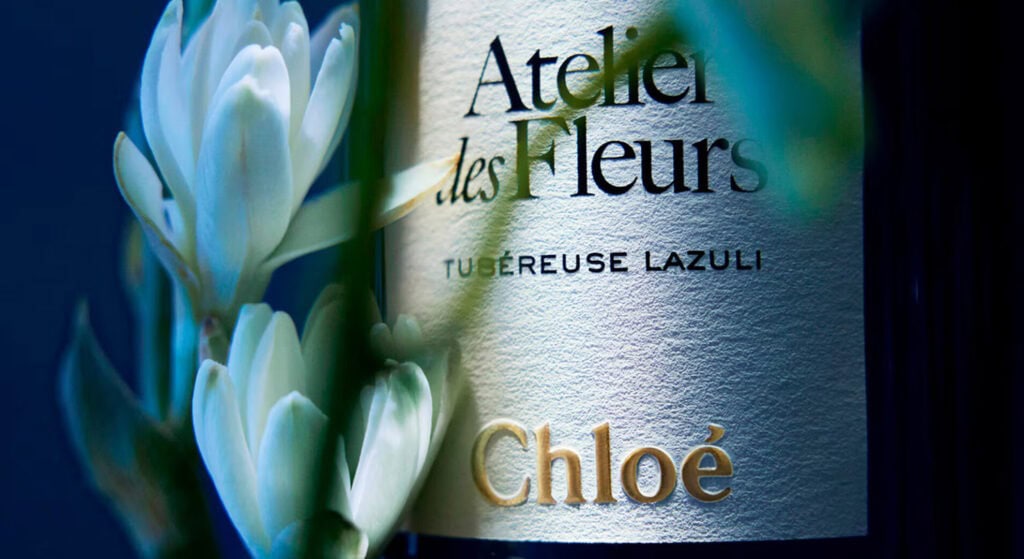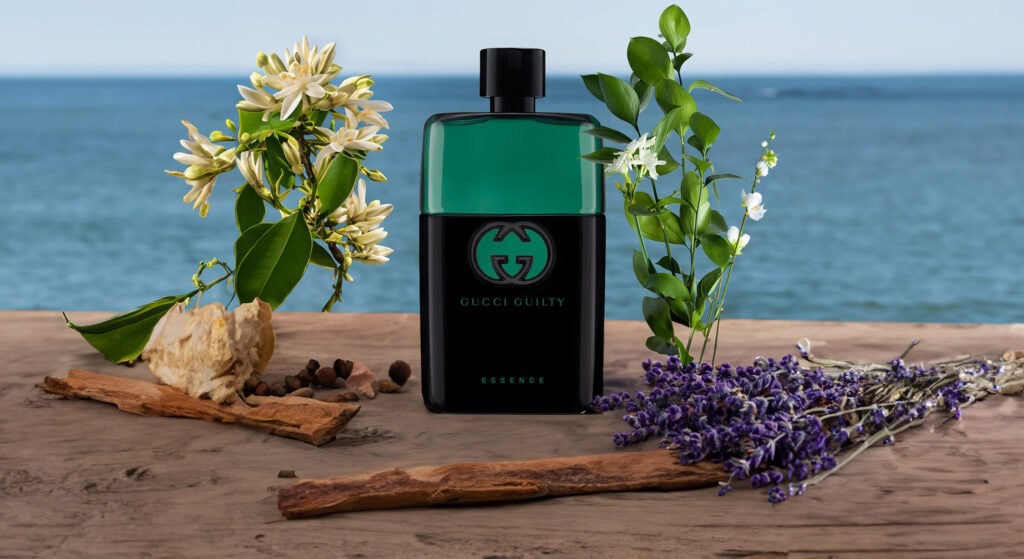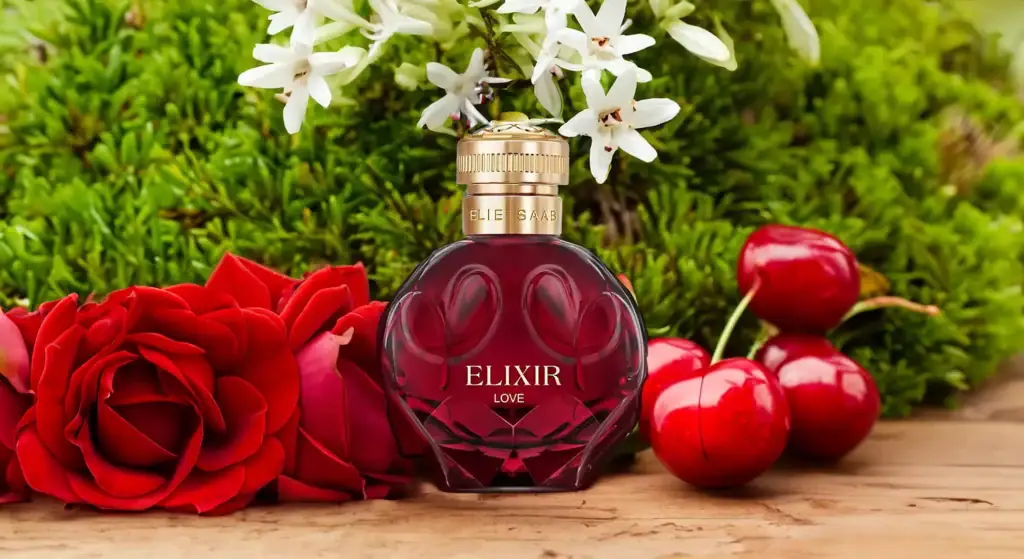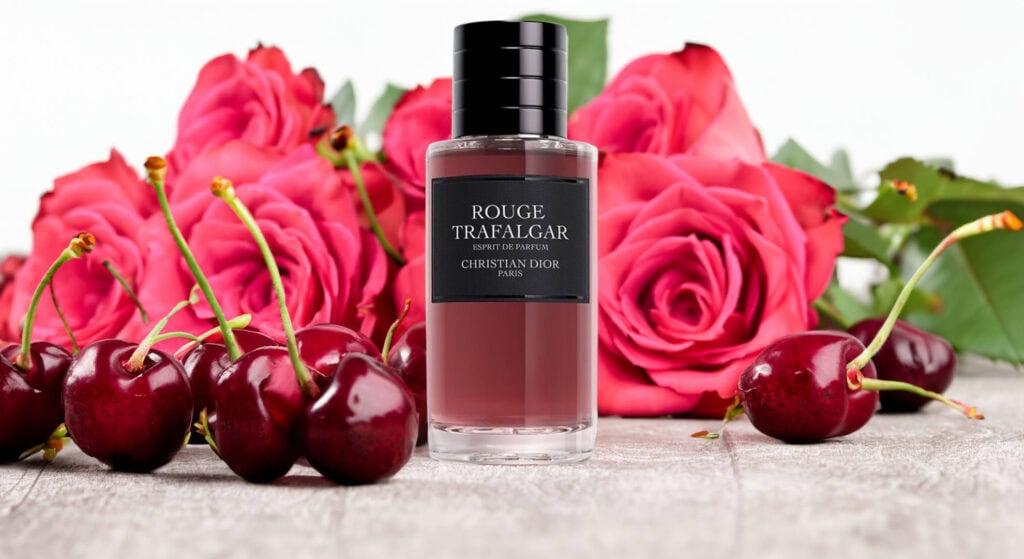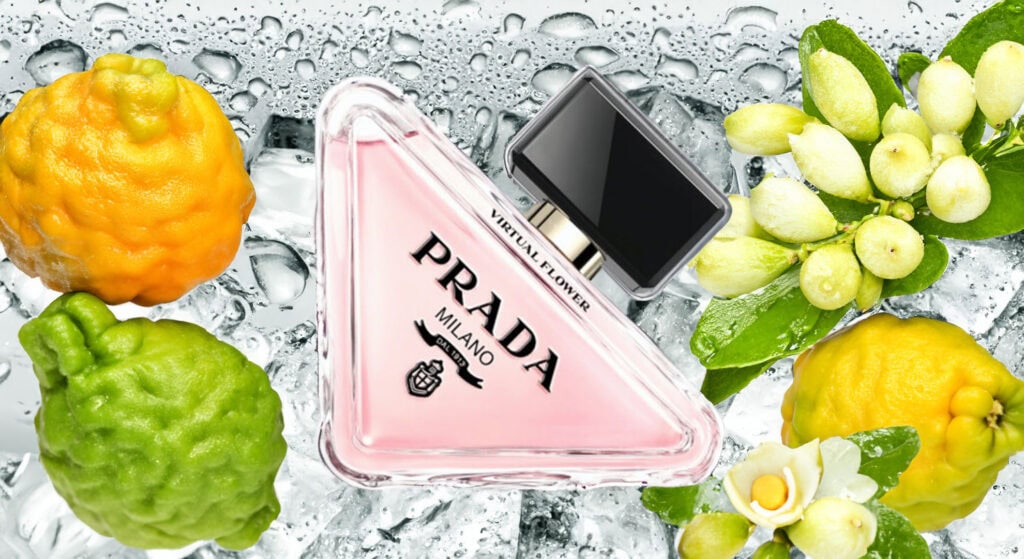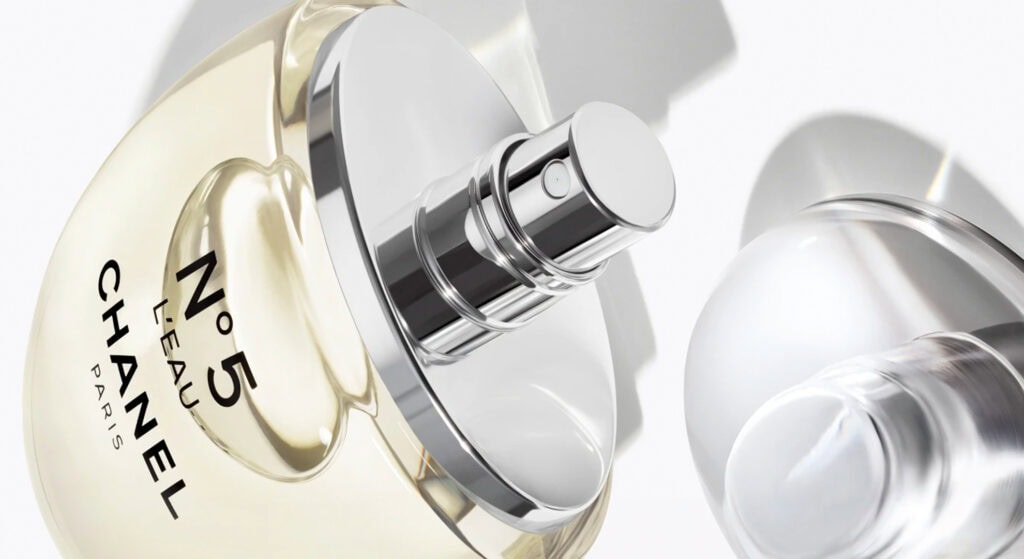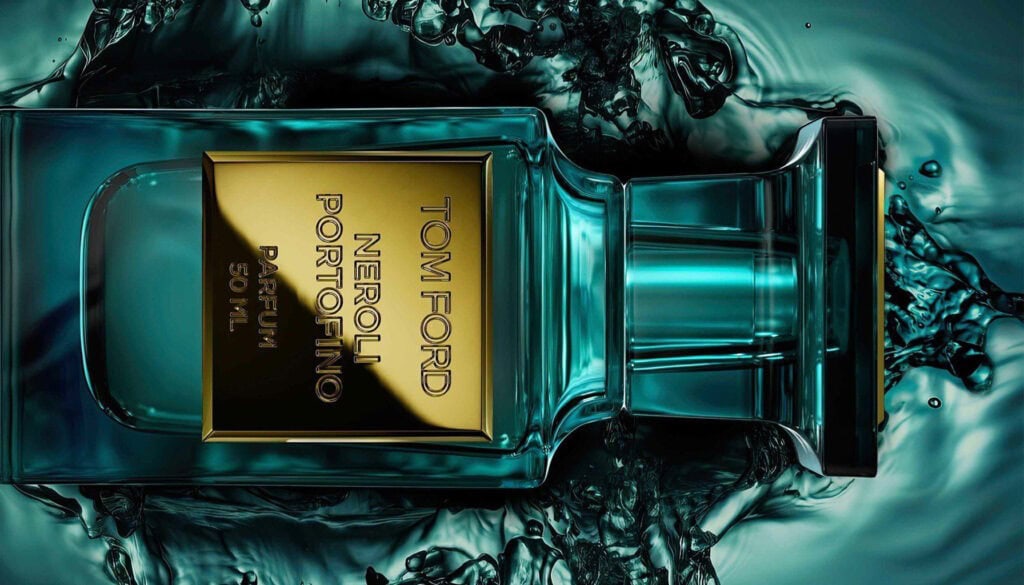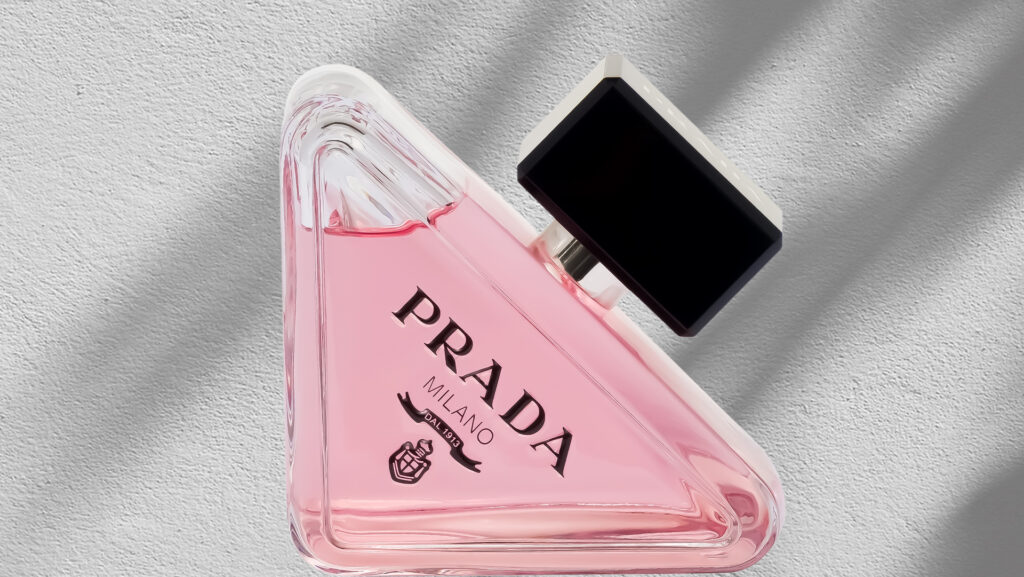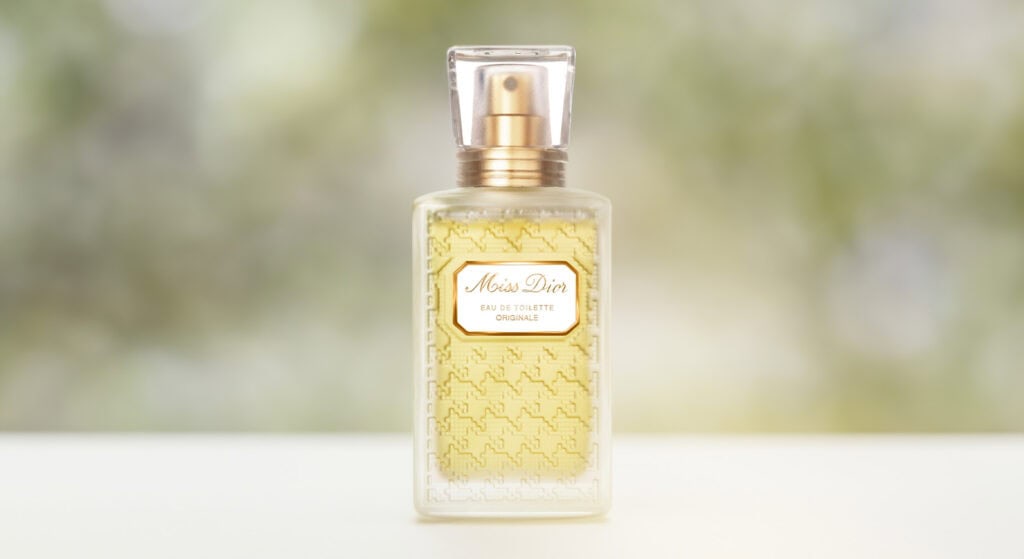Neroli in Perfumery: The Essence of Citrus Elegance
Neroli, with its bright, floral, and slightly bitter aroma, is a cherished ingredient in perfumery, known for its ability to evoke freshness, sophistication, and a touch of the Mediterranean sun. Extracted from the blossoms of the bitter orange tree (Citrus aurantium), neroli adds a distinctive and elegant citrus-floral note to a wide range of fragrances. This article explores the origins and extraction of neroli, its role in blending with other fragrance notes, and some of the most iconic perfumes where neroli takes center stage.
The Origins and Extraction of Neroli
Neroli oil has a rich history and is highly prized in perfumery for its complex, multifaceted aroma. The extraction process is delicate, reflecting the care needed to preserve the purity of the fragrance.
- Steam Distillation: The most common method for extracting neroli oil is steam distillation. The flowers of the bitter orange tree are carefully harvested and subjected to steam, which carries the aromatic compounds. As the steam condenses, neroli oil is separated from the water, capturing the fresh, floral, and slightly spicy scent of the blossoms. This process yields a light, yet highly fragrant oil that is a cornerstone of many classic and contemporary perfumes.
- History and Significance: The use of neroli in perfumery dates back to the 17th century, when Anne Marie Orsini, the Princess of Nerola, Italy, popularized its use as a personal fragrance and to scent her gloves. Since then, neroli has become synonymous with elegance and has been a staple in the creation of sophisticated perfumes.
- Aroma Profile: Neroli is often described as a bright, green, and slightly honeyed floral scent with a hint of bitterness. This unique profile makes it versatile, capable of standing alone as a prominent note or blending harmoniously with other ingredients to create a wide array of olfactory experiences.
Blending Neroli in Perfumery
Neroli’s vibrant and elegant aroma makes it a versatile ingredient in perfumery, capable of enhancing a variety of fragrance compositions. Its unique scent profile can be used to add freshness, brightness, and a floral sweetness to both modern and classic perfumes.
- Citrus Compositions: Neroli’s natural affinity with citrus notes makes it a perfect partner for ingredients like bergamot, lemon, and orange. In these compositions, neroli enhances the brightness and freshness of the citrus elements while adding a floral complexity that elevates the overall scent. Tom Ford’s Neroli Portofino is a quintessential example, where neroli is blended with citrus notes and amber to create a refreshing, sophisticated fragrance reminiscent of the Italian Riviera.
- Floral and Green Blends: When combined with other floral notes such as jasmine, rose, or orange blossom, neroli adds a fresh, green quality that balances the sweetness of the flowers. This creates a well-rounded fragrance that is both elegant and uplifting. Jo Malone’s Orange Blossom pairs neroli with orange blossom and lilac, resulting in a bright, floral scent that is both fresh and romantic.
- Oriental and Spicy Scents: In oriental and spicy perfumes, neroli can add a touch of brightness and lightness, balancing the richness of spices and resins. When blended with ingredients like amber, cinnamon, or patchouli, neroli introduces a crisp, floral note that enhances the complexity of the scent. Guerlain’s Shalimar uses neroli in its top notes to add a fresh, sparkling contrast to its deep, sensual base of vanilla and amber.
- Woody and Musky Accords: Neroli can also soften and freshen woody and musky fragrances. When paired with sandalwood, cedar, or white musk, neroli adds a floral brightness that lifts the composition, making it more approachable and versatile. Acqua di Parma’s Colonia incorporates neroli with woody and citrus notes, creating a timeless fragrance that is both fresh and refined.
Iconic Perfumes Featuring Neroli
Neroli’s unique ability to add elegance, freshness, and complexity to perfumes has made it a key ingredient in many iconic fragrances. Here are a few that showcase the beauty and versatility of neroli:
- Tom Ford Neroli Portofino: This fragrance is a modern classic, celebrated for its bright, refreshing blend of neroli, citrus, and amber. Inspired by the Italian Riviera, Neroli Portofino captures the essence of Mediterranean luxury and sophistication.
- Jo Malone Orange Blossom: In this fragrance, neroli is paired with orange blossom and lilac, creating a light, floral scent that is both fresh and romantic. The neroli adds a green, slightly bitter edge that balances the sweetness of the florals, making it a perfect choice for those who love bright, elegant fragrances.
- Guerlain Shalimar: One of the most famous oriental fragrances in history, Shalimar uses neroli to add a sparkling freshness to its rich blend of vanilla, amber, and spices. The neroli in the top notes provides a bright contrast that enhances the depth and complexity of the perfume.
- Acqua di Parma Colonia: A timeless fragrance that has been beloved for decades, Colonia features neroli alongside citrus and woody notes. The neroli adds a floral brightness that lifts the fragrance, making it both fresh and refined, perfect for everyday wear or special occasions.
Neroli, with its bright, floral, and slightly bitter aroma, has secured its place as a beloved ingredient in perfumery. From its meticulous extraction to its artful blending with other fragrance notes, neroli offers a unique combination of freshness, elegance, and complexity that can elevate any perfume. Whether enhancing citrus, floral, oriental, or woody compositions, neroli plays a crucial role in creating fragrances that are both sophisticated and timeless. Iconic perfumes like Tom Ford’s Neroli Portofino, Jo Malone’s Orange Blossom, and Guerlain’s Shalimar demonstrate the enduring appeal of neroli, proving that its presence in perfumery is as vibrant and captivating as the blossoms from which it is derived.



